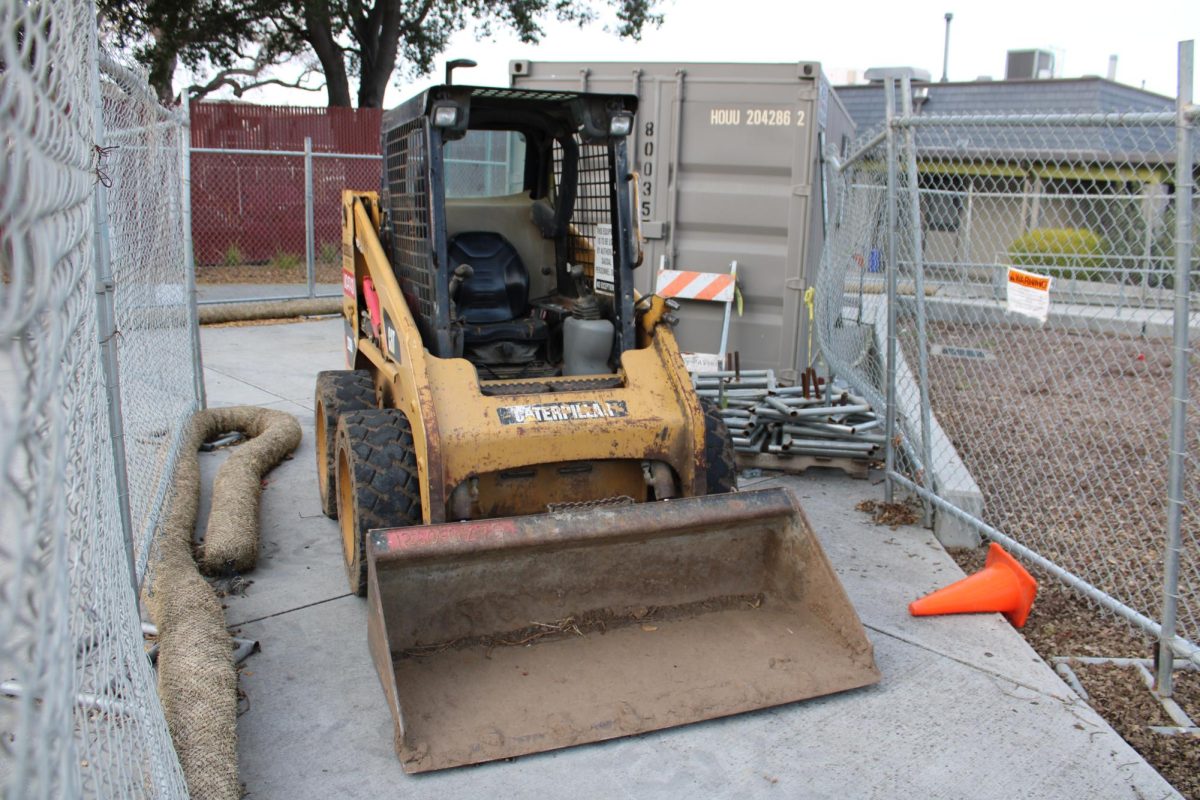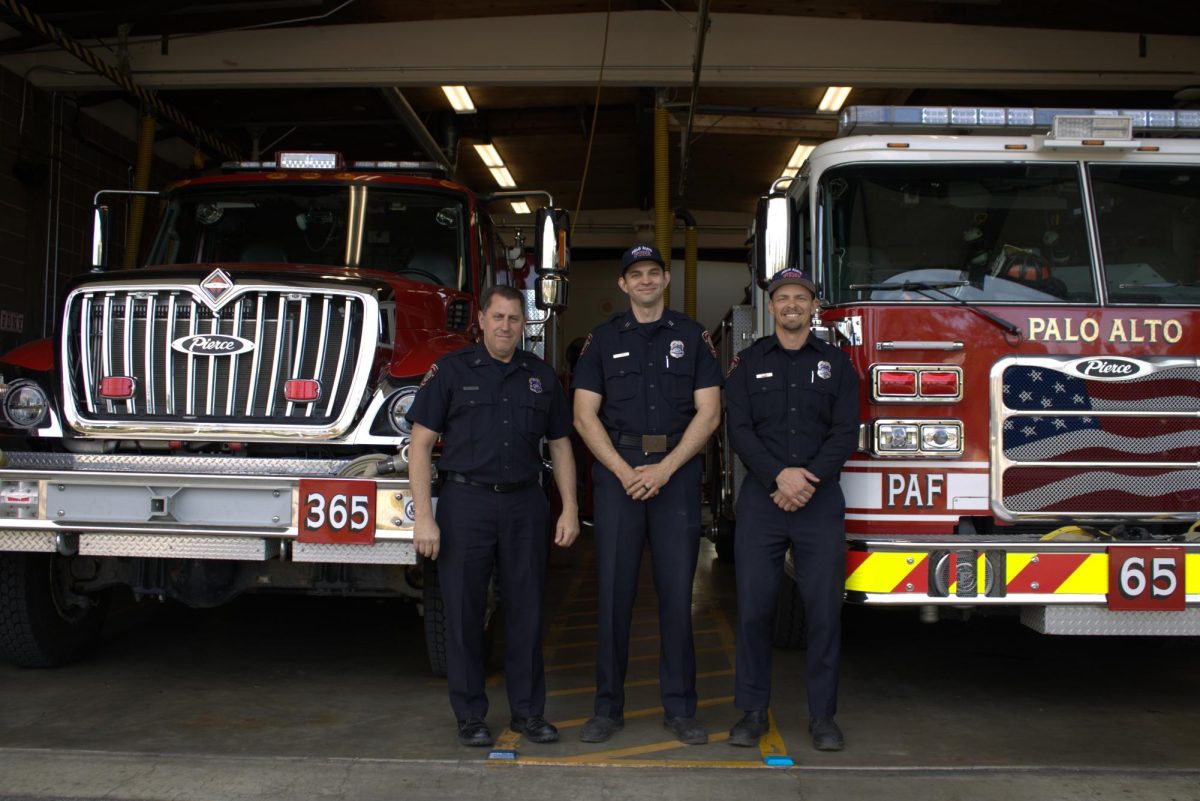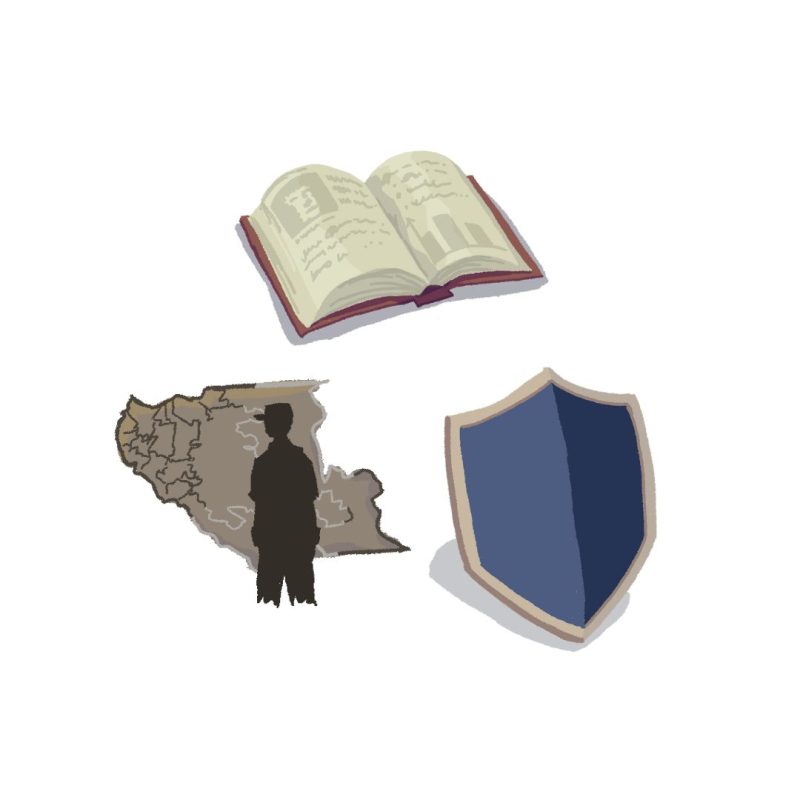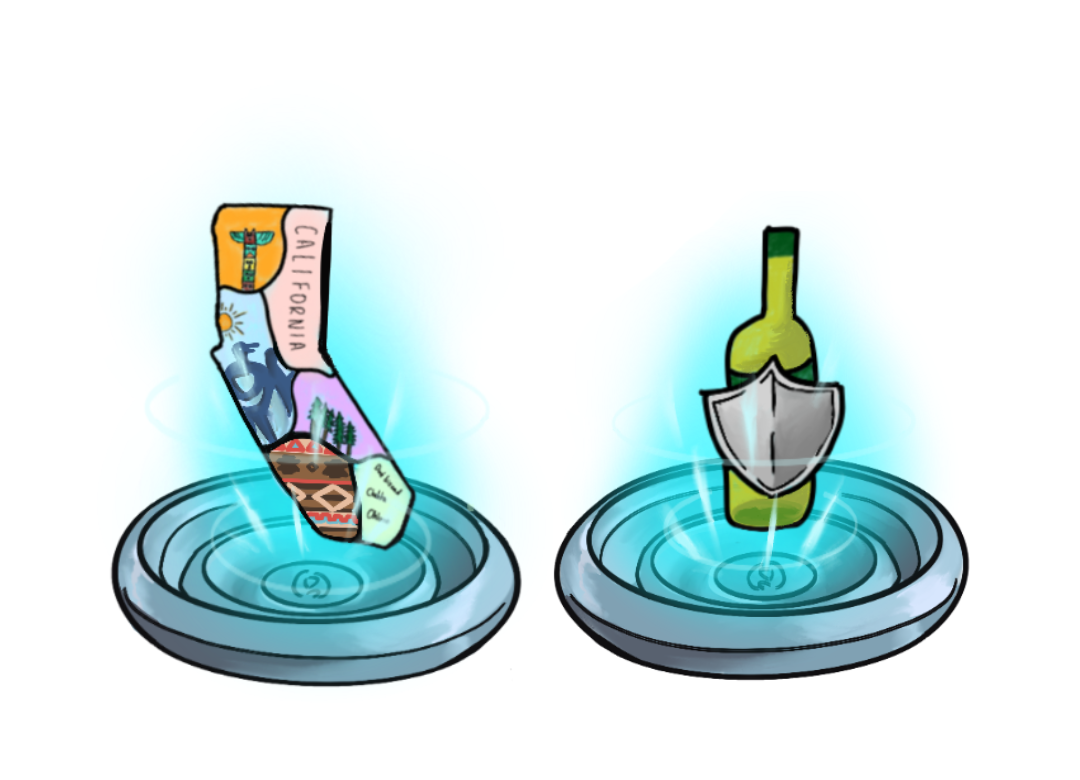Written by Prachi Kale
In an Oct. 20 meeting, the Palo Alto City Council discussed the findings of a consulting firm Hatch Mott McDonald (HMM). The firm released a study which examined the possibility of constructing an open trench for Caltrain in south Palo Alto. According to the Palo Alto City Council Report, the meeting is simply a jumping-off point for community dialogue.
The trench is being considered due to Caltrain’s plans for electrification. The study, initially commissioned by the city in Nov. 2013, concluded that the trench, which would begin a little south of Matadero Creek and return to normal at San Antonio Road, could cost up to $1.05 billion. According to the Palo Alto City Council Report, the trench would only be built in the southern half of Palo Alto because “trenching the [north] corridor would require the complete reconstruction of the City’s three existing grade separated crossings (Oregon Expressway, Embarcadero and University) and submerging the City’s two Caltrain stations (California Avenue and Palo Alto), in addition to complications posed by San Francisquito Creek.” With the potential trench, the city also aims to provide increased safety and road circulation at the railroad crossings.
According to HMM’s report, there are two different options for the trench. One is a one percent grade; the other is a two percent grade trench. Both designs would require no property acquisition and would be submerged beneath Meadow Drive and Charleston Road. The one percent grade trench, preferred by Caltrain, would cost $1.05 billion and requires a reconstruction of currently submerged roads like Oregon Expressway, University Avenue and Embarcadero Road.
The two percent trench, preferred by the City Council, would cost $488.2 million. According to City of Palo Alto Management Analyst Richard Hackmann, “The two percent grade trench costs much less and has less impacts on the community.” The council is now discussing the next stage of the current phase, which would include an analysis of the environmental impacts the trench could have on Palo Alto. “If any project is constructed, it is my understanding that an Environmental Impact Report (EIR) would have to be done for the project,” Hackmann said. “That document would address all environmental concerns.”
The second phase of the study would finalize the City’s selected alternatives, produce concept design exhibits and rank the alternatives in the order of cost and feasibility. According to the Palo Alto City Council Report, “the cost of Phase II would be an additional $67,760 and staff is interested in hearing from the Council whether this additional work is needed to provide sufficient information for community dialogue and policy decisions regarding which of the preliminary alternatives, if any, should be pursued from a funding and logistical standpoint with outside agencies such as Caltrain, the Santa Clara Valley Transportation Authority and the Metropolitan Transportation Commission.”
The City Council has reviewed the previous report and are currently considering whether or not to continue with the next phase of the study.













